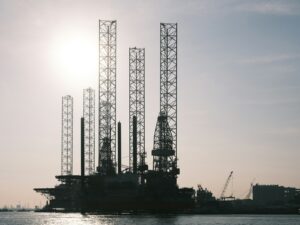Most global sectors are failing to keep up with clean energy goals
The overwhelming majority of technologies and sectors across the world are failing to keep up with their clean energy goals, a new report has found.
The report, by the International Energy Agency, found that only 7 of 45 critical energy technologies are ‘on track’ with the IEA’s Sustainable Development Scenario, which measures progress towards the Paris Agreement, deliver energy access and reducing air pollution.
However, some clean energy technologies made promising progress in 2018 such as energy integration and electric vehicles, the IEA’s latest Tracking Clean Energy Progress (TCEP) report revealed.
One of the successes of the past year was the energy storage market, which doubled its installations in the last year, led by South Korea, China, the US and Germany.
Electric vehicles also saw another record year, as global sales hit over 2 million in 2018 with China accounting for over half of total sales.
Elsewhere in the transport sector, rail has remained one of the most energy-efficient forms of transport, carrying over 8% of global passenger movements and 7% of freight with only 2% of transport energy use.
Solar PV generation increased by a huge 31%, seeing the highest power generation growth of all renewable technologies ahead of wind and hydropower, while bioenergy also saw a generation uptick of 8% in 2018.
However, 2018 was also the first year that growth in renewable energy capacity did not rise since 2001, raising concerns about whether long-term clean energy goals can be met.
Despite promising signs in some area, many clean energy technologies remain well behind schedule as 19 are not on track with the SDS at all, with the power, fuel supply and building sectors particularly lagging.
Coal power generation went up by 3% in 2018, mostly in Asian countries such as China and India, while coal firmly remains the world’s largest source of power, making up 38% of total generation.
Tidal, geothermal, and concentrated solar technologies are not being developed or deployed fast enough, while flaring and methane emissions in the oil and gas sector remain responsible for 7% of the energy sector’s greenhouse gas emissions worldwide.
Emissions in the building sector also remained at an all-time high, with fossil fuel-based equipment continuing to make up over 50% of heating sales.
However, there was progress in the building sector as LED lighting reached 40% of the global market for the first time, the same share of global residential sales as more inefficient fluorescent lamps.
The findings follow a previous IEP report in March, which found that energy-related CO2 emissions rose by 1.7% in 2018 to a historic high of 33 billion tonnes.
Image credit: Kleineolive (CC BY-SA 3.0)















